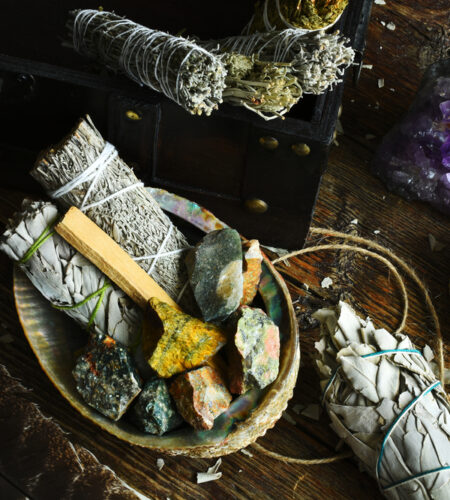In the vast landscape of healthcare and wellness, indigenous medicinal practices offer a wealth of knowledge rooted in centuries of tradition and a deep understanding of the natural world. These practices, varying greatly among different indigenous cultures, provide not only alternative approaches to healing but also a deeper connection to the environment and ancestral wisdom. For anyone interested in holistic health and natural remedies, exploring indigenous medicinal practices is both an educational journey and a path to understanding diverse healing philosophies.

At the heart of indigenous medicinal practices is the use of natural resources – plants, herbs, minerals, and animal products – for healing purposes. These practices are based on an intimate knowledge of the local environment and its healing properties, passed down through generations. They often encompass more than just physical healing, addressing the spiritual and emotional well-being of individuals as well.
One of the most compelling aspects of learning about indigenous medicinal practices is the diversity of knowledge across different cultures. For instance, Traditional Chinese Medicine, with its use of acupuncture and herbal remedies, offers a holistic approach to health, emphasizing the balance of the body’s energies. Similarly, Ayurveda, an ancient Indian healing system, combines dietary changes, herbal treatments, and yoga to promote wellness.
In the Americas, Native American healing practices involve a rich array of herbal remedies, along with spiritual ceremonies and rituals. In the Amazon, shamans use an extensive knowledge of rainforest plants for a variety of medicinal purposes, some of which are only just beginning to be understood by modern science.


Exploring these practices provides insights into the cultural values and worldviews of indigenous peoples. It reflects a way of life in which health and the environment are intrinsically linked, and where healing is a holistic process involving the mind, body, and spirit. This perspective can offer valuable lessons in an age where mainstream medicine often focuses narrowly on physical symptoms.
For modern learners, understanding indigenous medicinal practices can also be a journey of personal health and wellness. Many people find natural remedies and holistic health approaches to be effective complements to conventional medicine, offering more natural and less invasive alternatives for various health issues.
Furthermore, learning about these practices fosters respect and appreciation for indigenous cultures and their contributions to global knowledge. It’s important to approach this learning with sensitivity and respect for intellectual property rights, recognizing that this knowledge is a precious cultural heritage that needs to be protected and honored.
Conclusion
In conclusion, exploring indigenous medicinal practices is more than just an alternative approach to health and wellness; it’s an exploration of the rich tapestry of human knowledge and a connection to the natural world. It offers insights into the holistic and interconnected nature of health, a perspective that is increasingly relevant in our modern world. As we learn from these ancient wisdoms, we not only broaden our understanding of health and healing but also deepen our respect for the diverse cultures and traditions that share our planet.



Comments